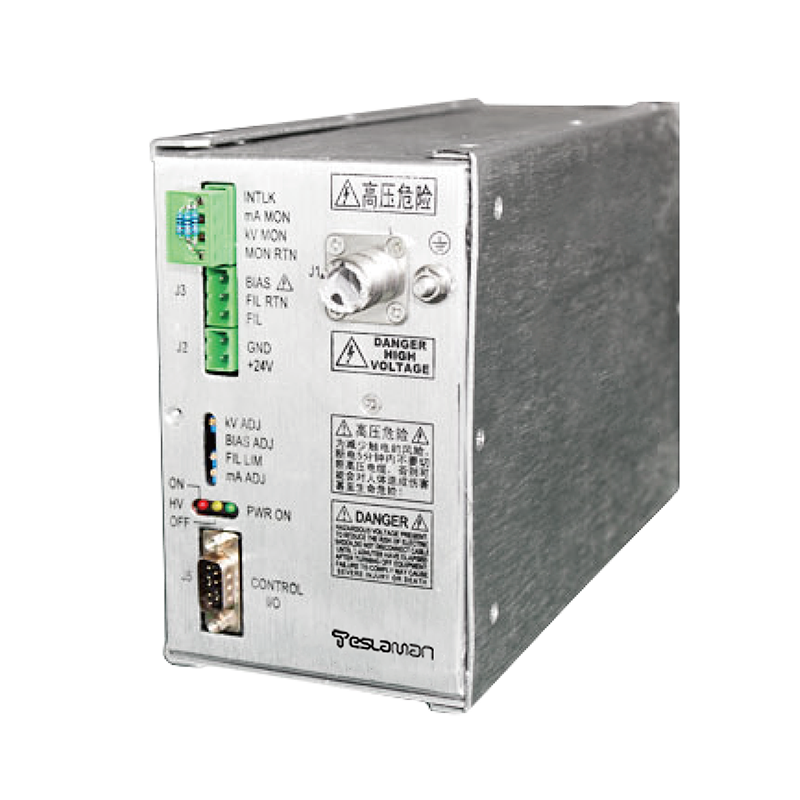The Rise of Portable High Voltage Generators: Technological Breakthroughs and Application Prospects
High voltage power technology is undergoing a miniaturization revolution, with portable high voltage generators rapidly emerging in various professional fields due to their unique technical advantages. These devices reduce the volume of traditional high voltage power supplies by over 80% while maintaining stable high voltage output capabilities, bringing unprecedented convenience to field operations.
Technologically, breakthroughs in portable high voltage generators are mainly reflected in three aspects: First, the application of high-frequency switching technology using wide-bandgap semiconductor devices like GaN achieves MHz-level operating frequencies, significantly reducing the size of transformers and filters. Second, advanced thermal management designs incorporate phase-change materials and micro heat pipes to achieve efficient heat dissipation in compact spaces. Third, intelligent control systems integrate DSP digital processors for precise voltage regulation and fault protection.
The medical field represents a crucial application scenario for portable high voltage generators. In portable X-ray machines, the latest generators weigh less than 3kg yet can provide stable 80-120kV output, enabling medical diagnostics in remote areas. Similarly, in cancer treatment equipment, miniaturized high voltage modules have made mobile radiotherapy devices a reality, greatly improving treatment accessibility.
Industrial testing has also benefited from this technological innovation. Traditional high voltage testing equipment often requires specialized vehicles for transportation, while modern portable generators can fit directly into toolkits. A new cable tester's high voltage module, comparable in size to a smartphone, can generate 50kV test voltage, significantly improving field inspection efficiency.
The scientific research field has likewise witnessed the value of portable high voltage generators. In field geological surveys, researchers use backpack-style high voltage power supplies for detection equipment; in university laboratories, compact modules have substantially reduced safety requirements for hazardous experiments. Notably, these devices commonly feature Bluetooth/WiFi connectivity for remote control and data recording via smartphone apps.
Safety performance represents another highlight of portable high voltage generators. Through multi-layer insulation protection and real-time fault monitoring, modern portable devices meet laboratory safety standards. Intelligent arc detection technology can interrupt output within microseconds, ensuring operator safety. Moreover, IP54-rated enclosures enable reliable operation in harsh environments.
Future development trends indicate portable high voltage generators will continue advancing toward higher power density and greater intelligence. The application of new materials like graphene may further reduce device weight, while AI algorithm integration will enable more precise load matching and fault prediction. These high-performance, portable devices are poised to play key roles in an expanding range of applications.




















